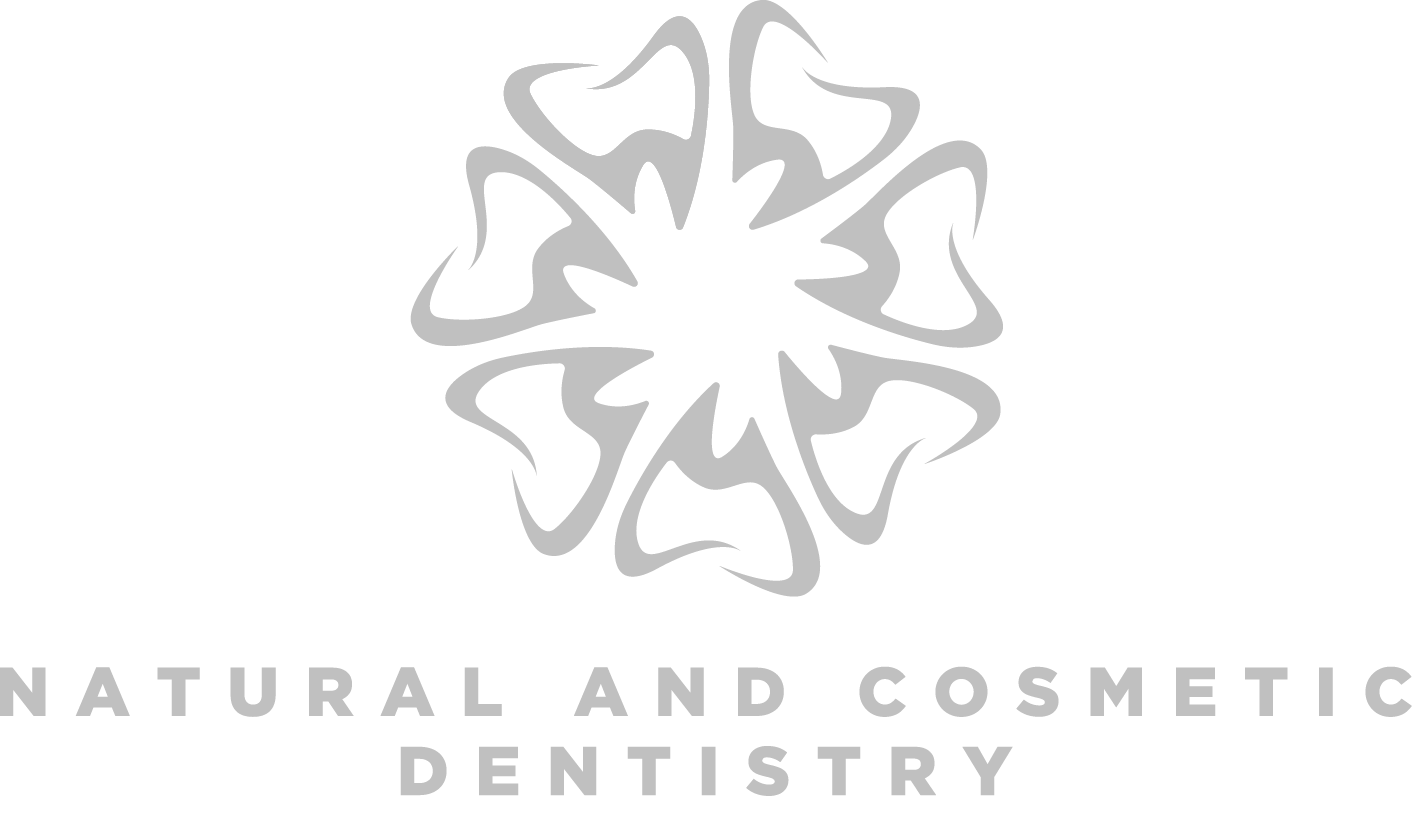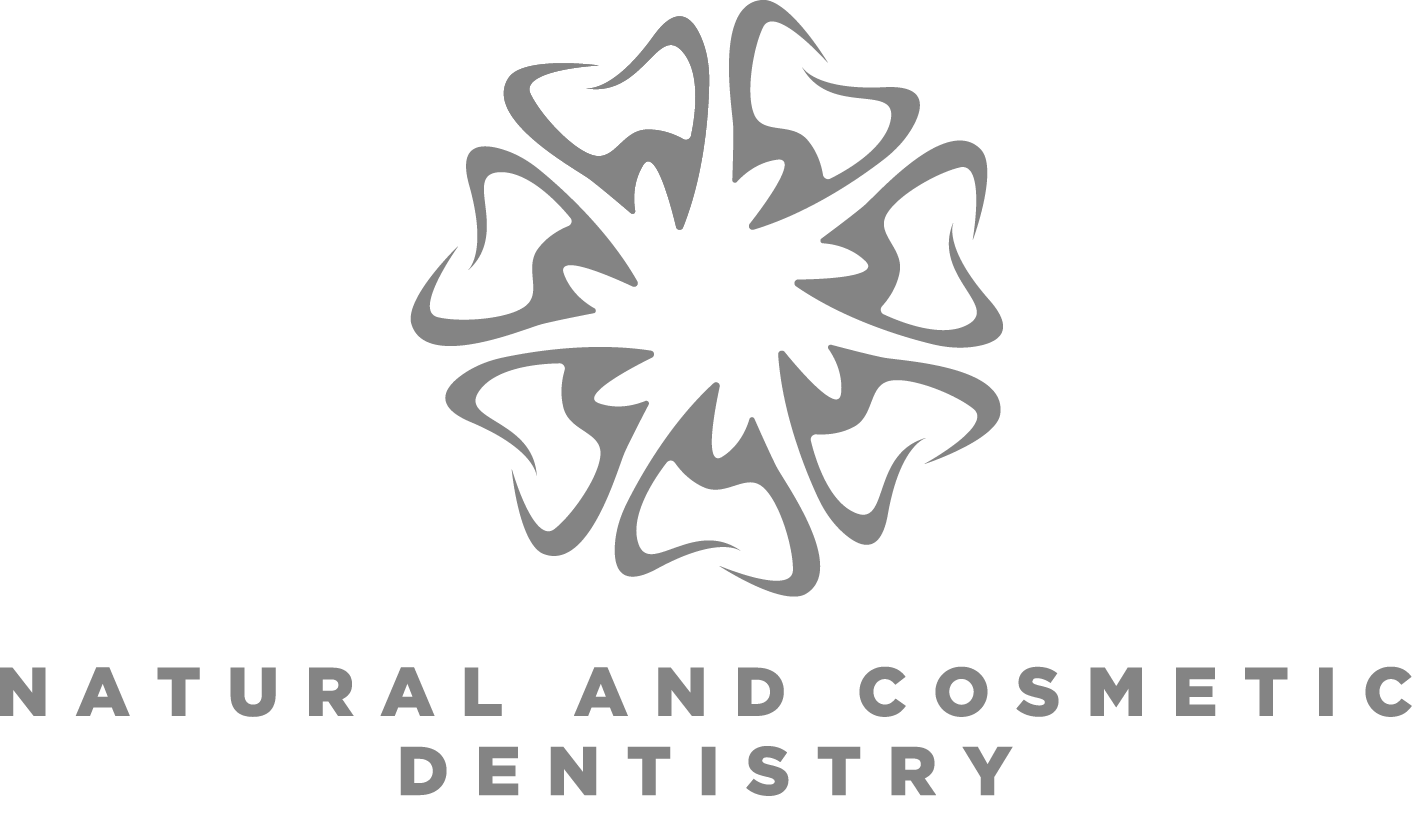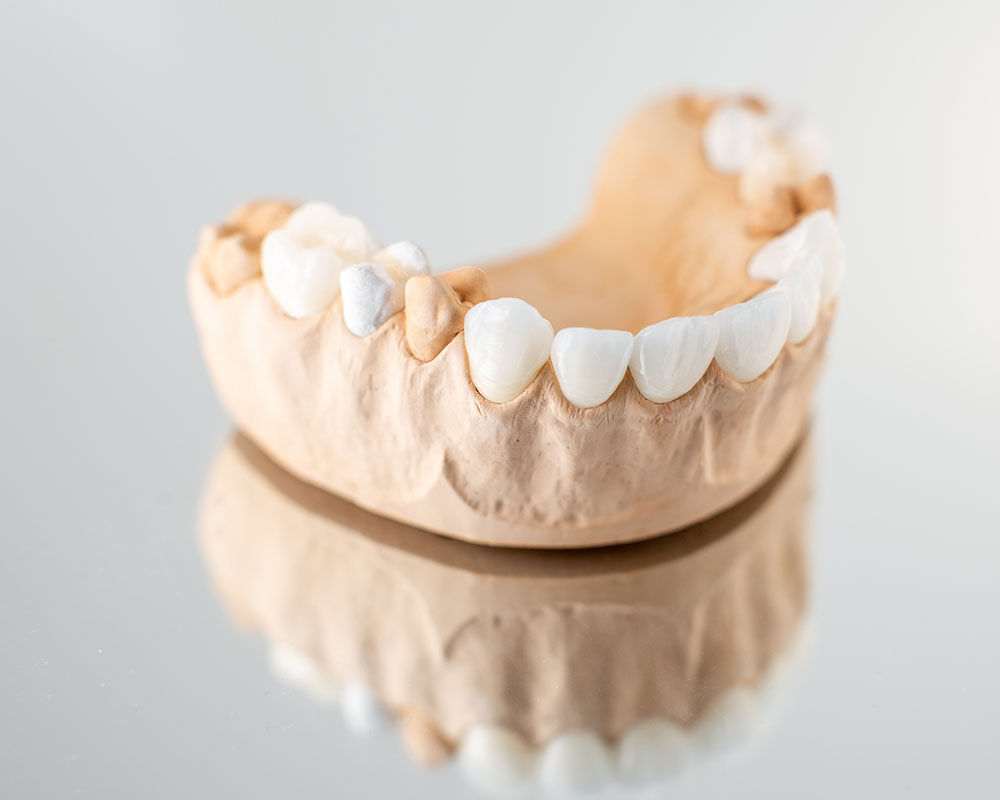Tooth restoration options with zirconia fillings
There are a lot of options when it comes to tooth restoration. If you have tooth decay, cavities, or even a cracked tooth, it can be hard to decide which material to choose to fix the problem. There are a lot of factors that may play into your decision. For instance, you want the restoration to be strong and not need to be replaced for a long time, but you don’t want to be sitting in the dentist’s chair all day. And, of course, you want your teeth to look natural and be aesthetically pleasing. In the past, restoration often meant dealing with a lot of silver or gold placed in your mouth. Now, there are options that provide the same strength of metal – but with a much better look, including modern zirconia fillings (zirconia inlays and onlays) and crowns.
Natural-Looking Metal Free Crowns with Zirconia
No one wants to have a crown put on their tooth, but unfortunately, many people have extensive tooth decay and the only option is to protect the tooth with this treatment. Historically, if you needed a crown, you would have gotten one made from gold or metal, however some people are allergic to the different type of metals. Unfortunately a PFM crown (Porcelain Fused to Metal) can have trace amounts of lead and other heavy metals thus affecting your overall health.
Thankfully we have zirconia crowns. Zirconia is a white powder made of zirconium oxide, Zirconia offers the best of both worlds; aesthetically, it looks just like a natural tooth, and it is incredibly strong. Beyond this, unlike normal crowns, zirconia crowns can be placed in one dental visit as opposed to two. The crown is placed on the patient’s tooth in a block, then a computerized cutting machine shapes it into the form of a tooth. After it is in the correct shape, it is cemented to the tooth. Zirconia has quickly become a preferred and safer option for crowns—and pairs beautifully with zirconia fillings when only part of the tooth needs to be rebuilt.
Onlays and Inlays
If you still have some healthy tooth structure, your dentist may decide you need an onlay instead of a crown. An onlay fills the inside of the tooth as well as the top of the tooth where you chew. Just like crowns, many patients want a more attractive finish than what was available in the past. For this reason, most people choose to have ceramic, resin, or porcelain bonded to the tooth. When these restorations are crafted from zirconia, many patients refer to them as zirconia fillings because they replace only the damaged portion of the tooth with a strong, tooth-colored material.
Inlays are similar to onlays, but are used if there is even less decay – though not so little that a typical filling can be used. An inlay is also considered an indirect filling like an onlay, because they both are formed outside the mouth and then bonded to the tooth. Unlike an onlay, an inlay only fills the area on the inside of the tooth where the decay was removed. Otherwise, the process is very similar and the same materials can be used. Zirconia inlays—often called zirconia fillings—offer excellent strength and a natural look for these situations.
Both Inlays and Onlays can be done in one single appointment. We use CEREC technology and the materials we use are biocompatible and safe.
Composite Fillings
What if you just need a filling? If you have to get a filling, you can actually get what is called a composite filling. A composite filling is white and made to be tooth-colored. The process involves the dentist numbing the area, removing the decay, cleaning the area, filling the space with the composite filling, and shaping it to match the other teeth. Afterward, the tooth will look completely natural. In our office we use biocompatible materials, and when more strength is needed than a direct composite can provide, we may recommend zirconia fillings (inlays/onlays) for added durability.
Restoring your teeth does not mean you have to have a mouth full of gold or silver. It is possible to fix your teeth and leave your dentist’s office with a beautiful and natural-looking smile.
Call to Action
Find out if zirconia fillings or a zirconia crown is right for you.
Call 727-888-6523 or Book an Appointment with Natural & Cosmetic Dentistry, 1825 Sunset Point Road, Clearwater, FL.
Dr. Beata Carlson, Dr. Michael (Mikey) Thomas, and Dr. Lewis Luo are welcoming new and returning patients and will help you choose the most conservative, biocompatible option for a strong, natural-looking result.



